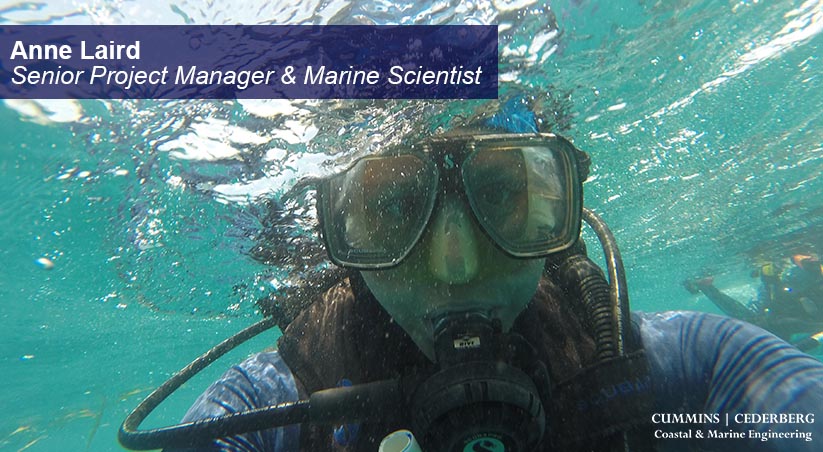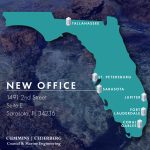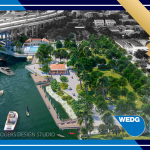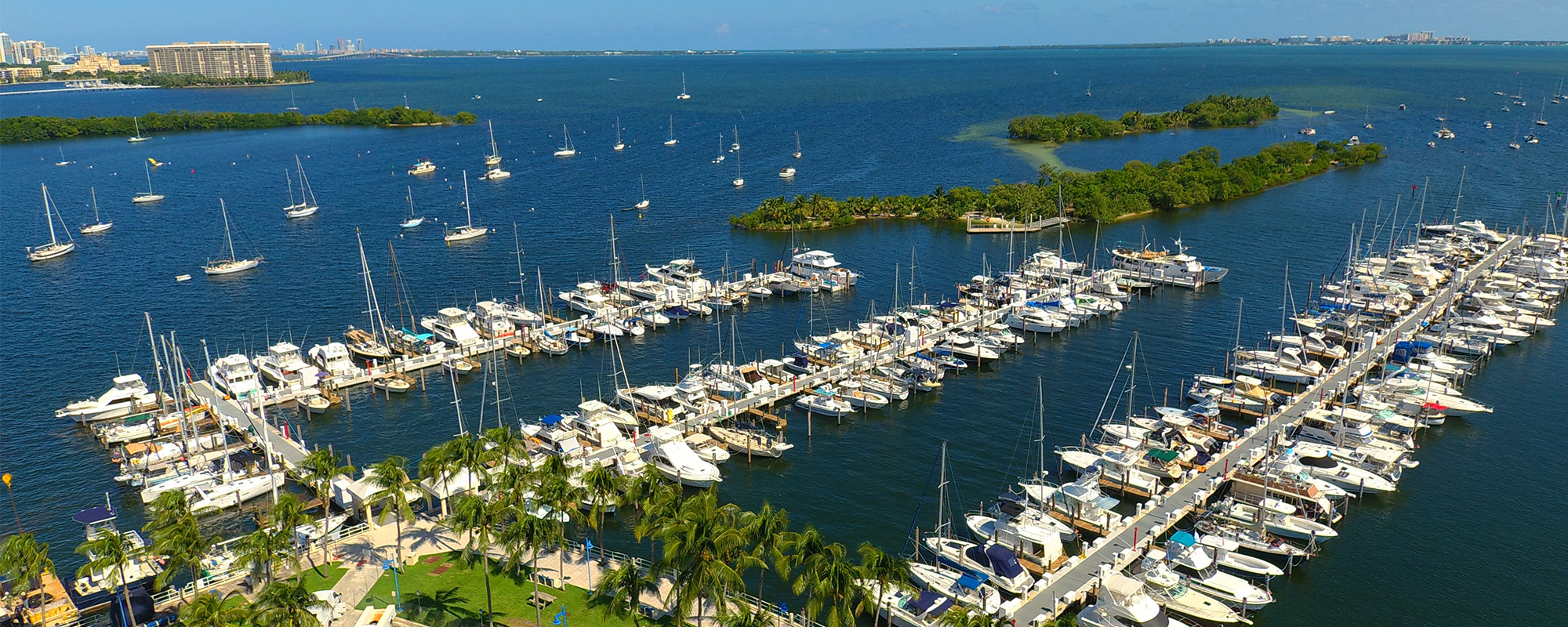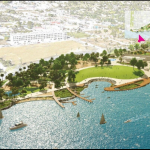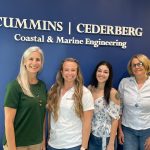At Cummins Cederberg we have some incredible employees, so we decided to make some waves and introduce you to the incredible people who make it all happen!
Anne Laird is a Senior Project Manager and Marine Scientist responsible for conducting marine environmental surveys, crafting detailed responses for technical reports, leading and participating in field surveys, and managing mitigation projects such as coral relocations or seagrass planting.
Anne’s marine journey started in high school. Her favorite teacher, who happened to teach her favorite class: marine biology, took a group of students to get SCUBA certified at the lakes outside of Knoxville where Anne grew up. Anne has always been a lover of science and animals. From the moment she was underwater, she felt comfortable and right at home. Anne stated, “I knew I wanted to combine diving with science, so it was a very organic decision to choose marine biology as a field of study and a career.”
CC: Where did you grow up?
AL: Farragut, Tennessee – a large suburb within the Knoxville Metropolitan Area.
CC: What is a normal day for you?
AL: It changes frequently – if I am in the office, I am usually writing reports or proposals, reviewing field data such as photos and video, or participating in meetings with clients and co-workers. When we have field work, it usually requires a lot of equipment preparation and coordination before we get out on the water. Getting the job site usually requires driving or flying early in the morning; and although diving is one of the best parts of the job, it can turn into a physically and mentally challenging day. So, a normal field day would be long and tiring but highly satisfying!
CC: What has been your favorite project so far?
AL: Probably my first project working around Haulover Inlet, mapping the flood shoal. It was my first week at work, and I got to meet several of my co-workers for the first time out on the water. It was great and everyone was so nice.
CC: What is the most unique project you have worked on in your career?
AL: I have two that come to mind…
One of the coolest projects was a coral reef assessment from an anchoring incident in the Dry Tortugas where we used an ROV with mounted lasers and an offset GPS to determine the wide swath of injury to the reef. At the time, it was one of the first uses of that technology to do a damage assessment in deep waters where divers would have been significantly limited on bottom time.
I also worked on the PortMiami seagrass mitigation project where we planted over 16 acres of seagrass in a unique checkboard pattern. The whole team produced so many creative ways to go about it, and we spent weeks harvesting and planting seagrass. I loved working with the Principal Scientist who remains an inspiration and a mentor. It was a great experience.
CC: What is the furthest from home you have traveled for a project?
AL: I have traveled twice to Buli, Indonesia (not Bali) on the island of Halmahera. It is over 9,500 miles from Florida and over 21 hours in an airplane (not including layovers). The time distance is 12 hours, so communication was difficult and jet lag was tough.
The first time I traveled there was before the winter holidays. I was stationed there for a month, including during Christmas Day. It was difficult being away from my young son and family, but I found comfort in a local church on Christmas Eve. They were singing Christmas carols in their native language (Buli). I sat in the back of the church listening and thinking of my family when some of the local women saw me. Although we couldn’t exchange words, they put their arms around me and made me feel welcome.
The second time I went to Buli was in March 2011. We stayed on a very cold ship, and I caught the flu. I was in bed for two days straight with limited medication – another tough trip. To top it off, we were there when the Tohuku earthquake hit below the North Pacific Ocean, which caused a devastating Tsunami in Japan. We had limited communication: no internet, no WiFi, and no cell phones. Unfortunately, our Emergency Position Indicating Radio Beacon (EPIRB) accidently went off, sending a signal back to the office in Florida that something was wrong. All the while, it was calm where we were. We had no idea our families were worried about us. We finally reached home on our satellite phone, and we were like, “What Tsunami?”
With all the challenges, mishaps, and adventures, I wouldn’t trade it for the world. Traveling to other countries truly provides a great perspective on life and a true respect for all human beings – including those who live lives completely different than our own.
CC: How would you explain your job to a child?
AL: I go underwater and look for plants and animals that might get hurt when people build things in the ocean. And I help protect them from getting hurt.
CC: If you could switch jobs with anyone here, who and why?
AL: I would want to switch with Leonard, but only if I could be as talented as he is. Anytime anyone goes to him with a problem, he seems to always have a solution!
CC: What is the funniest thing that has happened to you recently here?
AL: When I pulled out my old winter wetsuit and laughed so hard because I could barely get it on. I have since bought a new one.
CC: What is something most people do not know about you?
AL: I like to play golf and go to the shooting range, but I cannot boil an egg.
Anne is based in our Jupiter office; but if you couldn’t already tell, her real office is in the water! Outside of work she enjoys boating with her husband Scott, fishing, and spending time with her children Victoria, Colin, and fur baby Lilly.
